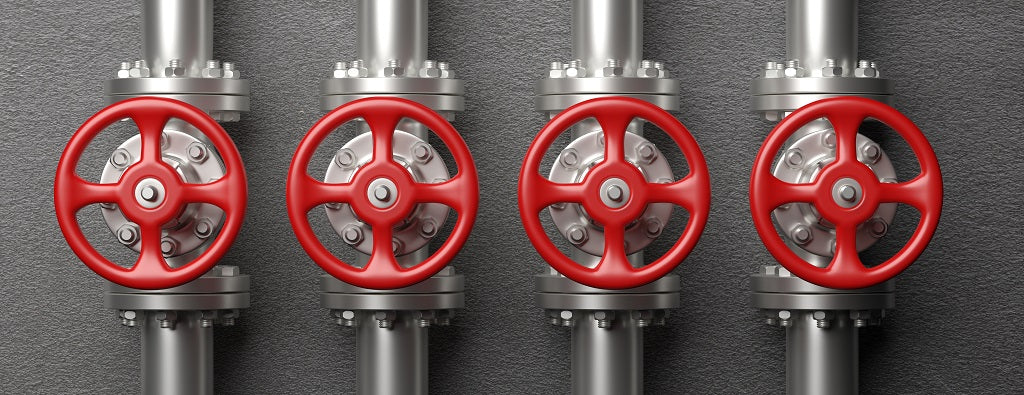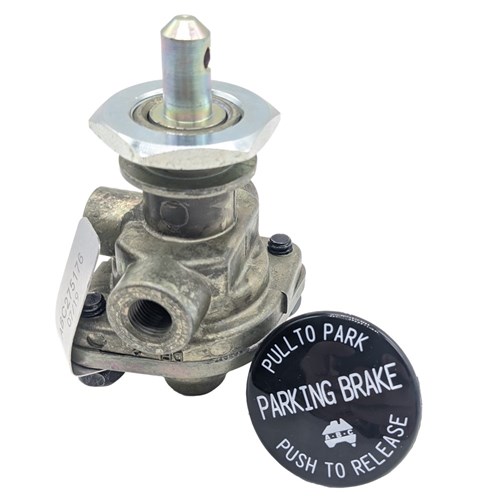Reliable Control Valves: Secret Components for Efficient System Management
Reliable Control Valves: Secret Components for Efficient System Management
Blog Article

Maximize Power Financial Savings and Comfort With Advanced Building Automation Controls
In the world of modern architecture and facility administration, the assimilation of advanced structure automation regulates stands as a critical development. The convergence of technology and sustainability has actually birthed a brand-new age where power efficiency, comfort optimization, and operational streamlining are no longer remote ambitions however achievable facts. By using the power of automation, structures can adjust, respond, and advance in manner ins which were as soon as unthinkable. The potential for considerable energy savings and improved convenience is not simply a promise but a possibility waiting to be met. This standard shift in structure monitoring holds the crucial to opening a world where ecological conscientiousness and occupant health harmoniously exist side-by-side within the walls of our frameworks.
Power Effectiveness Benefits
Energy performance benefits can considerably decrease power consumption and operational expenses in buildings. By executing energy-efficient methods and modern technologies, structure proprietors and drivers can accomplish substantial financial savings while likewise contributing to environmental sustainability. One of the main advantages of enhancing power efficiency in buildings is the reduction of utility bills. Energy-efficient systems, such as advanced structure automation controls, can enhance using sources like lights, air conditioning, and home heating, leading to lower energy expenses with time.
In addition, boosted energy effectiveness can lengthen the lifespan of building tools and systems. By running more effectively, heating and cooling systems, lighting fixture, and various other building parts experience much less wear and tear, causing reduced maintenance and substitute expenses. Furthermore, energy-efficient structures frequently regulate higher residential property values and rental rates, offering long-term economic advantages to proprietors.
In addition, power performance can boost occupant convenience and performance. Effectively controlled interior environments with ideal lights and thermal problems create a more helpful and pleasurable office, causing improved employee fulfillment and performance. On the whole, the power performance benefits related to sophisticated structure automation controls are diverse, encompassing price savings, environmental stewardship, and occupant wellness.
Improved Convenience Control
Enhancing comfort control in building settings needs an advanced integration of advanced automation systems for optimal owner health. By using innovative structure automation controls, centers can tailor the interior setting to meet the particular needs and preferences of owners. control valves.
By integrating these advanced controls, buildings can not just boost comfort however also enhance power effectiveness by maximizing system operations based on real occupancy and use patterns. Inevitably, prioritizing passenger comfort with innovative automation systems leads to a more delightful and healthier interior environment.
Operational Performance Improvements

In addition, the application of real-time surveillance and analytics tools allows structure operators to determine power inefficiencies and functional abnormalities quickly. By constantly keeping an eye on power usage patterns and system performance metrics, changes can be made in real-time to maximize energy consumption and make sure peak functional efficiency. control valves. In addition, incorporating demand action strategies into building automation controls can further improve functional performance by dynamically adjusting energy usage based upon grid problems and pricing signals
Indoor Climate Optimization
Effective indoor climate optimization is an essential element of building automation controls, guaranteeing residents' comfort and well-being while making best use of energy financial savings. By making use of sophisticated sensing units and controls, developing automation systems can continually readjust and keep an eye on temperature level, humidity levels, air quality, and ventilation to create an optimal indoor setting. Keeping constant and comfortable conditions not only improves resident contentment yet additionally boosts productivity and total well-being.
Indoor environment optimization additionally plays a crucial duty in power effectiveness. By fine-tuning home heating, ventilation, and air conditioning systems based on real-time information and occupancy patterns, building automation controls can considerably reduce power usage - control valves. As an example, implementing techniques such as demand-controlled air flow and thermal zoning can assist minimize energy waste while guaranteeing that each location of the building receives the necessary conditioning.

Lasting Setting Creation
Building automation controls not just maximize interior environment problems for power effectiveness and resident comfort but likewise lay the structure for developing a lasting atmosphere through strategic monitoring of sources and systems. By integrating innovative structure automation innovations, such as sensing units, actuators, and intelligent software application, facilities can change and monitor power use in real-time to minimize waste and lower their carbon impact. These systems allow predictive maintenance, determining prospective issues before they escalate and maximizing tools performance to enhance longevity and effectiveness.
Moreover, lasting atmosphere creation extends past energy monitoring to include water conservation, waste decrease, and interior air quality enhancement. Building automation controls can manage water usage, detect leaks, and ensure appropriate garbage disposal methods, adding to see this site general sustainability efforts. In addition, by checking and controlling air flow and filtration systems, these technologies improve owner health and wellness and performance while decreasing energy consumption connected with heating and cooling procedures.
Verdict
Finally, progressed structure automation regulates offer considerable advantages in regards to energy cost savings, convenience control, operational effectiveness, interior environment optimization, and creating a sustainable atmosphere. By implementing these controls, buildings can accomplish optimal efficiency while minimizing energy usage and improving occupant comfort. It appears that making use of sophisticated automation modern technology is crucial in boosting structure performance and creating a more sustainable future.
Energy performance advantages can considerably minimize energy consumption and functional prices in buildings. Generally, the power effectiveness advantages connected with sophisticated read structure automation controls are complex, incorporating price financial savings, ecological stewardship, and owner health.
In addition, integrating demand response strategies right into structure automation controls can additionally enhance functional performance by dynamically changing energy use based on grid problems and prices signals.
Building automation regulates not just optimize interior environment problems for energy performance and passenger comfort yet also lay the foundation for developing a get more sustainable environment with tactical monitoring of systems and resources.In verdict, progressed building automation regulates offer substantial benefits in terms of energy cost savings, comfort control, functional effectiveness, interior climate optimization, and developing a lasting environment.
Report this page